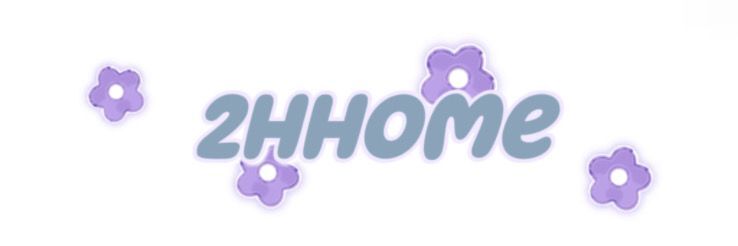Rims vs Wheels vs Tires: Difference Between Tires Wheels & Rims
Do you know the difference between a pot and a pan? The question has led to heated dinner-table debates for years, causing deep divides. Who's right? Pots have deeper sides and pans are shallow and used to fry things with concentrated heat. But we digress.
Heated debates can also arise when discussing rims versus wheels on your vehicle. What IS the metal part of a tire called? Wheel? Rim? Is there a distinction? Yes. Yes, there is.
Although you'll hear people use "wheel" and "rim" synonymously, they are not interchangeable. The rim is one of several components of a wheel. The tire is mounted on the outside edge of the wheel, and the rim serves as a sort-of reinforcement to secure the tire to the wheel.
The spokes and central wheel disc, which are also part of the wheel, are not part of rims. After-market or decorative wheels, such as aluminum alloy wheels, are commonly mistakenly referred to as rims. Why? Perhaps it's because "Nice rims" sounds cooler than "Nice wheels"?
Whether you're looking to "be right" in a friendly argument or you're shopping for wheels and/or tires (we hope it's the latter), we're about to man-splain what rims are, what wheels are and the difference between the two.
What Are Rims?
The general definition of "rim" is the outer edge of something, and in this case, it is the wheel's outside edge. The rim holds the tire in place. When you look at it head-on, it is typically U-shaped, with the center being deeper than around the edges. It's designed that way to support the bead of the tire.
The rim is generally made of the same metal or alloy as the rest of the wheel, with the addition of a Teflon covering for increased protection. A rim's primary role is to support and seal the tire to the wheel. The rim maintains the air inside the tubeless tire by ensuring an appropriate fit.
What Defines A Wheel, Then?
The entire metal portion that holds the tire is the wheel. Although "wheel" is frequently used to refer to the whole assembly, including the tire, this is not necessarily the case.
The wheel is made up of many components. The hub, or central disc, connects the wheel to the vehicle's axle and is secured using lug nuts.
Although some wheels have larger or smaller tires than the rim, the size of the rim defines the size of tire that should be used with your car. You must use tires that are compatible with your wheels. Read our guide to understanding tire sizes.
Related links:How Do I Know If My Brake Discs Are Bad?
The 10 Best Electric Motorcycles Worth Throwing a Leg Over
Are Tires And Wheels The Same?
Tires and wheels are two different things, yet some people use the words interchangeably, like when they say, "hand me a pan" and they really mean "hand me a pot."
The wheel is the metal component that connects to the hub of an automobile through an axle. The tire, on the other hand, is a rubber casing attached to the wheel. Other parts of the wheel include the spokes, lug holes, valve stem and center cap. Some wheels include hubcaps, which are removable covers that snap into place that are designed to protect the inner parts of the wheel.
Do You Need Wheels Or Rims?
So, there you go. The entire metal part that holds your tire is the wheel. The edge of the wheel is the rim. For some reason, "rim" has become synonymous with "wheel," and maybe that is because in auto body vernacular, "I need a new set of rims" sounds cooler?
Customers typically buy new wheels for two reasons: They want to replace damaged wheels, or they want to give their vehicles a new and improved look.
Replacing damaged wheels
Vibration when steering, rapid changes in the automobile's handling characteristics, and a tire that keeps deflating are signs of damaged to the rim. Although not all rim damage can be seen due to the tire and hub covering it, there may be visible indicators of damage.
If damage to the rim is not repaired, it can cause the metal parts of the wheel assembly to rub against the tire, resulting in blowouts or the need to inflate the tires constantly. Damaged wheels and rims can be dangerous, causing drivers to lose of control of their vehicles.
The most common way to damage rims is by hitting an object or a deep pothole. Hello city council.
When wheels and rims become bent or damaged, it's often cause by when drivers who hit curbs on turns (usually right-hand) or when they parallel park too close to the curb. If you live in an area that sees heavy snow and ice storms during winter, road salts can corrode and eat away at your rims as well. Another reason you may need new wheels is age and heavy use, as they can wear out over time.
As always, your best bet is to consult a tire professional if you're unsure if you need replacements. Tire Agent's tire experts are available by phone 833-847-3463, email [email protected], or by using the green chat button in the lower corner of your screen.
My Vehicles
Rims vs Wheels vs Tires: Difference Between Tires Wheels & Rims
Tires and Wheels for Sale
318
0
0

Comments
All Comments (0)